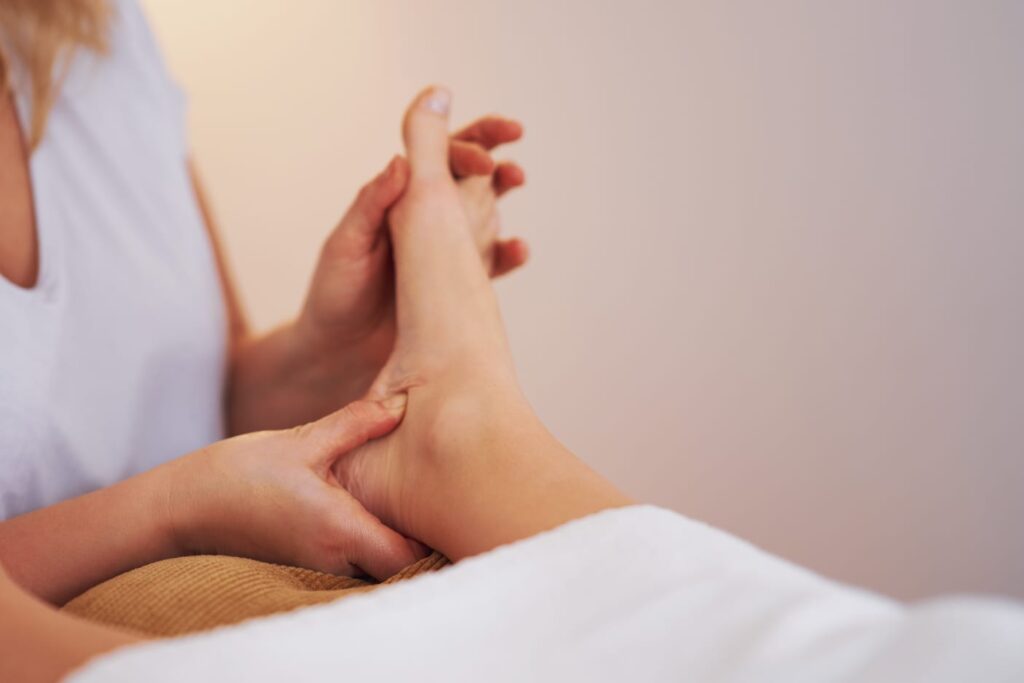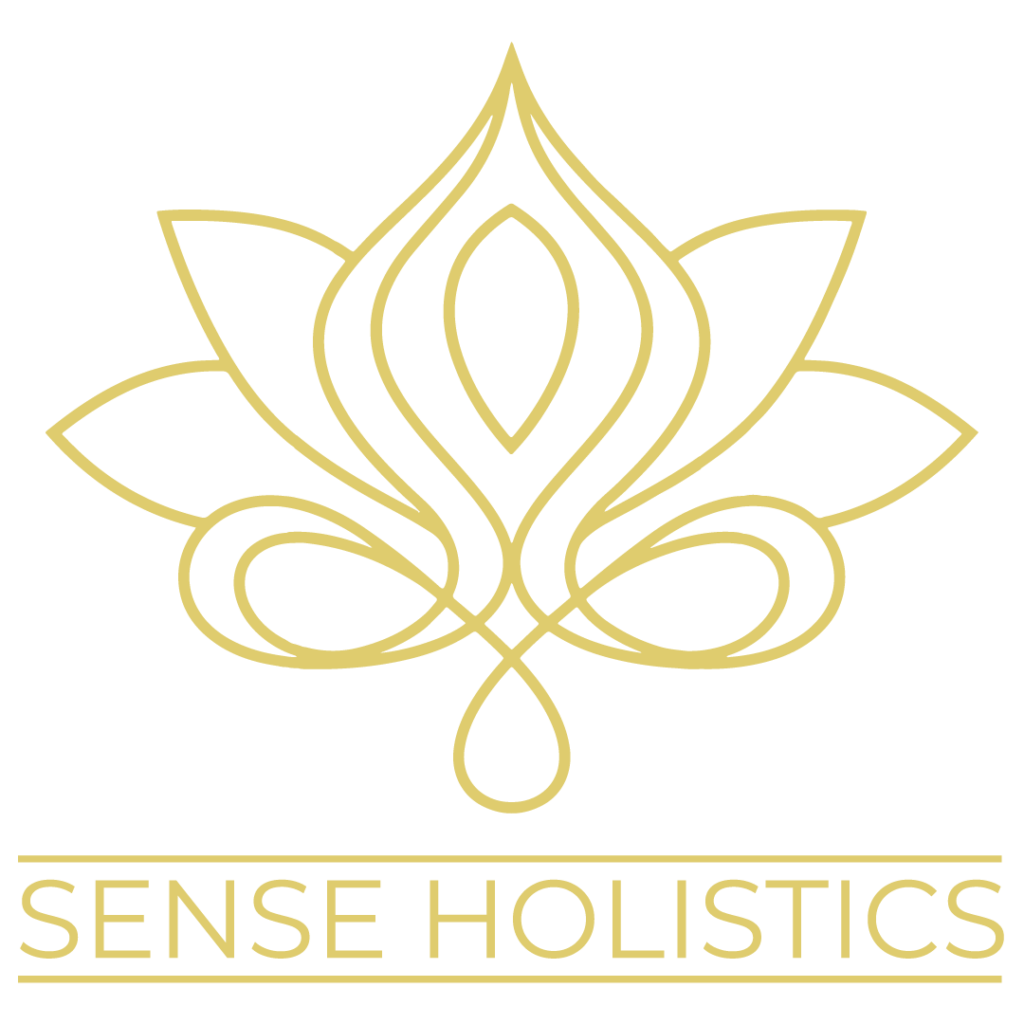
A : Clinical reflexology is a specialized form of reflexology that incorporates knowledge of physiology and pathologies in a targeted approach to provide the client with a unique and specifically tailored treatment. As a Clinical Reflexologist with a Level 5 Diploma in Practitioner Reflexology, I can assure you that your treatment is based on the highest level of reflexology qualification in the UK.
A : During our clinical reflexology session, I will first conduct a comprehensive health assessment, including a discussion of medical history and the presenting condition. Then, using my hands, I will apply specific pressure techniques to reflex points on the feet or hands, corresponding to different organs and systems in the body. I will check in with you to ensure you are comfortable and make necessary adjustments as we go along. We will discuss my findings as we go along or at the end, whichever you prefer.
A : Clinical reflexology can effectively support various conditions, including but not limited to musculoskeletal pain, stress-related disorders, hormonal imbalances, digestive issues, respiratory conditions, and fertility and pregnancy-related discomfort.
A : The number of clinical reflexology sessions required varies depending on the desired results expected, individual’s condition, and response to treatment. Generally, a series of regular sessions is recommended for optimum results, followed by maintenance as needed.
A :
Cannot Have Treatment – N
Can Have Treatment Avoiding Localised Area – Y
GP Consent
- Recent fractures or broken bones in the feet or lower legs – N
- Recent foot or ankle surgery – N
- Severe arthritis or joint inflammation in the feet – N
- Thrombosis/DVT/blood clotting disorders – N
- Unstable heart conditions- N
- Imminent medical tests – N
- Under the influence of Drugs or Alcohol – N
- Contigious or Notifiable diseases – N
- Severe varicose veins – Y
- Verruca and warts – Y
- Phlebitis/Cellulitis – Y
- Injury to feet – Y
- On warfarin meds – GP
- Diabetes is unstable – GP
- Epilepsy – GP
- Osteoporosis – GP
- Surgery – GP
- Aneurism – GP
- Cancer – GP
- Aids/HIV – GP
It is always essential to consult with a healthcare professional before undergoing any treatment.
A : Clinical reflexology has been found to be effective in managing chronic pain conditions, including arthritis, migraines, fibromyalgia, and lower back pain. Effectiveness can vary from person to person. It is not a substitute for medical treatment. It is always recommended to consult with a healthcare professional before using reflexology or any alternative therapy for chronic conditions.
A clinical reflexologist should have completed a comprehensive training program in reflexology, preferably a diploma or certificate course recognized by a reputable reflexology association. They should also have a sound understanding of anatomy, physiology, pathology, and medical terminology. I am a fully qualified and insured Level 5 clinical reflexologist.


A : Yes, clinical reflexology can be used as a complementary therapy alongside traditional medical treatments. It does not replace medical care but can work in conjunction with it to enhance overall healing and well-being.
A : When practiced by a qualified professional, clinical reflexology is generally safe. However, some individuals may experience temporary soreness, fatigue, or emotional release after/during a session. It is important to communicate any discomfort or concerns with the reflexologist.
A : Clinical reflexology can provide support for fertility issues and help alleviate pregnancy-related discomfort such as morning sickness, back pain, and swollen feet. However, it is crucial to consult with a healthcare provider, especially during pregnancy, to ensure safety and appropriateness
A : Yes, clinical reflexology can be adapted to suit children and elderly individuals. However, the techniques used may be modified accordingly to ensure their comfort and safety.
A : Clinical reflexology sessions do not require the removal of clothing, as the treatment focuses on the feet or hands. Some treatments may incorporate the lower leg, so it is always advisable to wear loose, comfortable clothing. It does not involve any invasive procedures.
A : Clinical reflexology works by applying pressure to specific reflex points that correspond to organs, glands, and systems of the body. This pressure stimulates the body’s natural healing response, improves circulation, reduces tension, and restores balance to the body
A : Clinical reflexology can help alleviate symptoms of digestive disorders such as IBS, constipation, and acid reflux. It can also improve respiratory conditions like asthma, sinusitis, and allergies by promoting relaxation, reducing inflammation, and improving overall well-being.
A : The timeline for noticing improvements after clinical reflexology varies. Some individuals may experience immediate relief, while others may require regular sessions over a few weeks or months to see significant changes. It ultimately depends on the individual and their condition.
A : Whether insurance covers the cost of clinical reflexology treatments depends on the specific insurance policy. Some policies may include coverage for complementary therapies, while others may not. It is advisable to check with your insurance provider for clarification.


